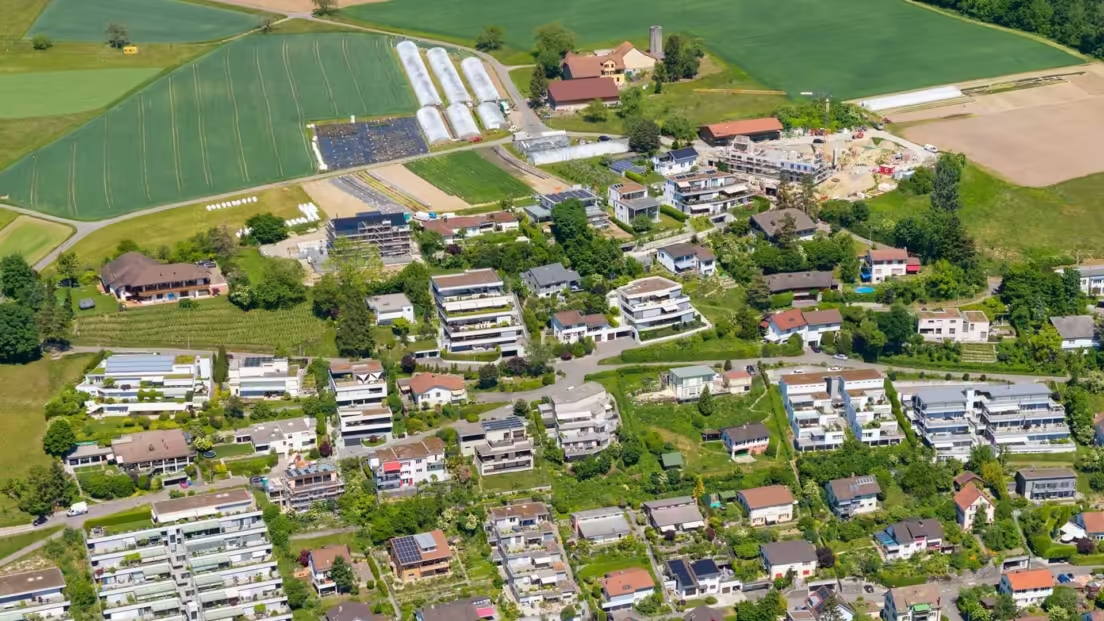Digital property information on the rise

With the planned amendment to the Geoinformation Act, the Federal Council is taking an important step towards digitalisation and transparency in the land and planning sector. Access to public-law property restrictions will become more efficient, legally secure and user-friendly, with direct added value for investors, project developers and spatial planners.
The PLR-cadastre has long been a central tool for spatial planning and project development in Switzerland. It provides interactive information on public-law property restrictions, from building zones to protected areas. Now the Federal Council wants to modernise the legal basis for this. The rules for recording information in the cadastre are to be simplified, responsibilities clarified and duplication with the land register reduced.
A key aim is to increase legal certainty. For example, the previous assumption that the contents of the cadastre are generally known will be removed. This is an important step towards better delimitation of responsibility and liability.
Future model for the national property information portal
The cadastre should now also contain general, abstract and officially binding regulations such as building and distance lines. These play a decisive role in the assessment of utilisation potential, for example in site developments or new construction projects near roads and bodies of water.
In future, all information from the PLR-cadastre will be made centrally accessible via a national portal. This will make things much easier for everyone involved in working with land. This will provide investors, authorities, planning offices and project developers with transparent data on the ownership and utilisation structure at the click of a mouse.
Setting the course by summer
The consultation on the amendment to the law will run until 30 June 2025, paving the way for a property information system that meets the digital requirements of modern spatial and location development. The federal government is thus sending a strong signal in favour of planning simplification, investment security and data-based location promotion.